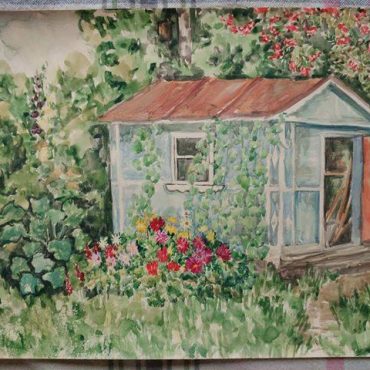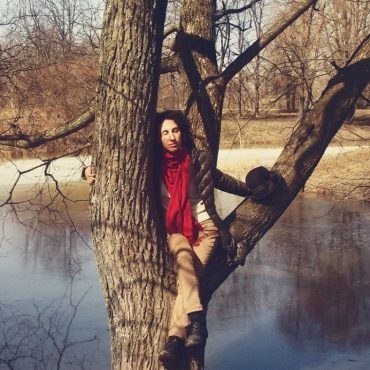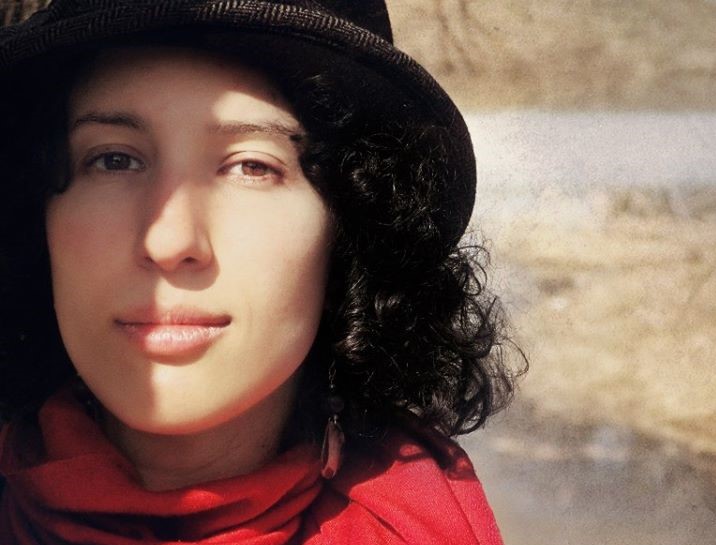Today we are interviewing a Russian-born amateur artist Daria who lives in USA now.
Hi, Daria, can you tell us what is art to you?
While it is not my profession, it always was more than just a hobby. It is a passion and a way to rewind and reboot after stressful days.
Can you tell when your way in art began?
Almost every kid in Russia was involved in extracurricular activities at some point in his/her life. I was about 6 years old when my parents enrolled me in an art school, because this option was probably the easiest one for a hearing impaired kid in a totally non-accessible world.
What did you study in Russian art school? What skills did you get as a result?
My school was, and is, considered a decent one, but looking back, I realize that I got no coaching at all. In drawing and painting classes, we would draw still life to the best of our abilities, but in design class I was free to draw anything I wanted because teachers considered it too much trouble to explain what they actually wanted the class to draw and I was too young and too shy to ask for explanations. So I would just sit in the corner and draw. I wasn’t able to follow lectures either so I borrowed a textbook in the library and made notes on my own. I now shudder every time when I think of it, but back then it seemed pretty much normal for everyone, myself included. On the other hand, I found my old paintings recently and was amazed on how well I was able to draw back then, totally on my own. If I did so well without coaching, who knew what I would have done if I had guidance from the beginning?
Did you get any help from teachers when you studied at art school? Were you the only one HOH in it?
I was the only HOH in the school and no one knew what to do with me or with other differently abled kids if there were any. Looking back, I think the main issue is that I didn’t know that myself. As a grown-up who has been in many classrooms since then I feel that the most important point is not to be ashamed of yourself and not to be afraid to ask for help along the way, no matter what the way is. Raising awareness is also very important because people are generally willing to help too, but don’t know how. Our task is to let them know how.
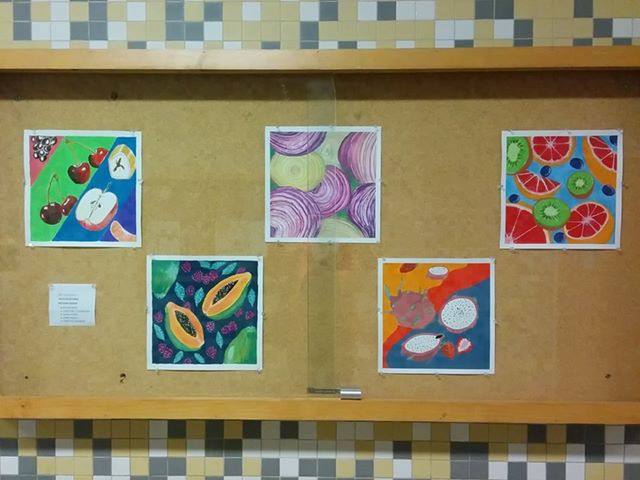
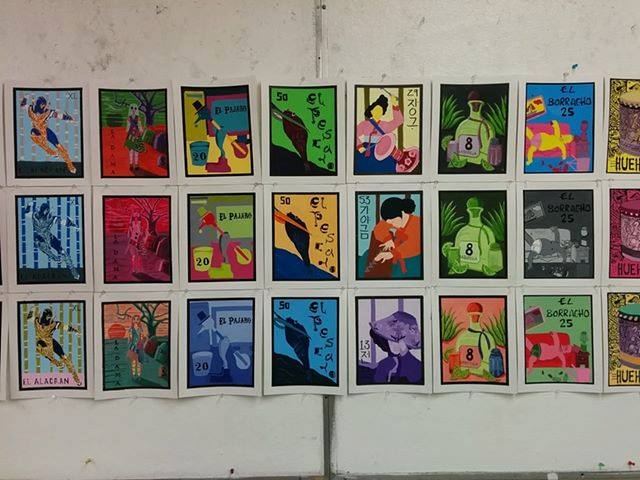
Later your life changed drastically and now you live in USA. Let's talk about your way in art in the new country. How did you decide to continue your way in art?
After I moved to the States and went to college, I found out that since I did not go to school in the States I had to take a bunch of classes to cover the so-called general education part of the degree. It includes high school subjects taught on a higher level.
These requirements included, among English and Math and the like, four units of any class from Art department. I could’ve chosen a well-beaten part like watercolors for beginners and move on, but decided to give a try to something more challenging - 2D design. (2D design refers to creating designs on a flat surface rather than 3D objects.) Creating anything off the top of my head was my “blind spot”, because, you remember, no one really taught me anything design-wise.
I also presumed that doing something totally different from core classes (the degree I was pursuing had nothing to do with arts) will help me to keep my sanity.
What did you study at them?
The class I attended required no previous experience but was very intensive. It included a lot of large-scale hand-drawn projects that needed to be designed in accordance with very specific guidelines. The difficulty increased gradually but steadily. I developed muscles in my left arm during that semester.
Guidelines in art sounded so strange at first and following them required a lot of thinking, but just one semester of actual coaching taught me much more than all my previous experience.
Daria, it's not your first time to learn art. As we discussed earlier, you took art lessons in Russia. Then in USA. Is there any difference?
Everything was different. The most striking difference was that we could choose most of our classes as long as the general direction met our degrees requirements. Some core classes are, of course, mandatory, but other than that, it was very flexible. One could choose ceramics or theater or animation and these classes would all meet the requirement of an art class. If I liked it I could take more of them as well. Another discovery was that there were no unimportant classes.
All of them required attendance, having homework properly done during the semester (you cannot do it all the night before the final exam) and active participation. Asking for help was totally acceptable and did not mean that you’re dumb, but cheating is strictly prohibited. This art class was no exception. The projects we turned in were discussed in class and graded in accordance with clearly written grading system and detailed comments from the teacher and fellow students. It was not just a teacher/student relationship, it was actual teamwork!
It taught me that it was fine to make mistakes or not to get 100%. It also was so cool that people were not judging me by my disability but rather by my personality.
Since you studied at both countries, can you compare learning conditions as hard of hearing person? Did you get any help at college? Which?
When I went to college I expected to be on my own as it always was. I thought I’d figure it out somehow with textbooks and such. So it was a surprise that a) studying required active participation in discussions and b) no one expected me to be on my own. I was immediately referred to Disabled Students Office and was asked what kind of assistance I would like to have.
There were multiple options available like ASL interpreters, note-taking assistance and extra time for taking exams. I chose just to have live captioning in classes and to do everything else myself. It meant that two captionists would sit in my class and capture literally every word that was said. My only obligation was to give them my schedule at the beginning of each semester and let them know ahead of time if a class was cancelled or I could not make it. The rest, including payments for these services, was taken care of by the school and state. This incredible service allowed me to follow questions asked by people sitting behind me and to participate in discussions.
Did you studying help you to make any friends or colleagues?
Meeting like-minded people was always great. Having a hobby also helped me when I moved to a town where I knew no one. We organized a group to meet for plein air and other art-related activities and people enjoyed showing up because it sounded like fun and there were no obligations. It helped us to make some new friends.
There is an opinion that almost every HOH or deaf is an artist. But few people think about how would they make their way to being an artist. What do you suggerst to HOH or deaf who want to be a designer in light of your experience?
I would suggest sitting back and thinking: do I really want to do it because I like it, or because I think it will be easier for me with my (dis)ability?
That’s why no kid, no matter deaf or not, should be squeezed in concepts like “drawing is good for HoH because it doesn’t involve talking”, or “computers are for boys”, or “kids with limited mobility cannot play sports” and such. They should be able to try anything they want and decide for themselves. Also, don’t be afraid to make mistakes, to ask for help and to learn from your mistakes!
Interview was taken by Irina Ivanova
